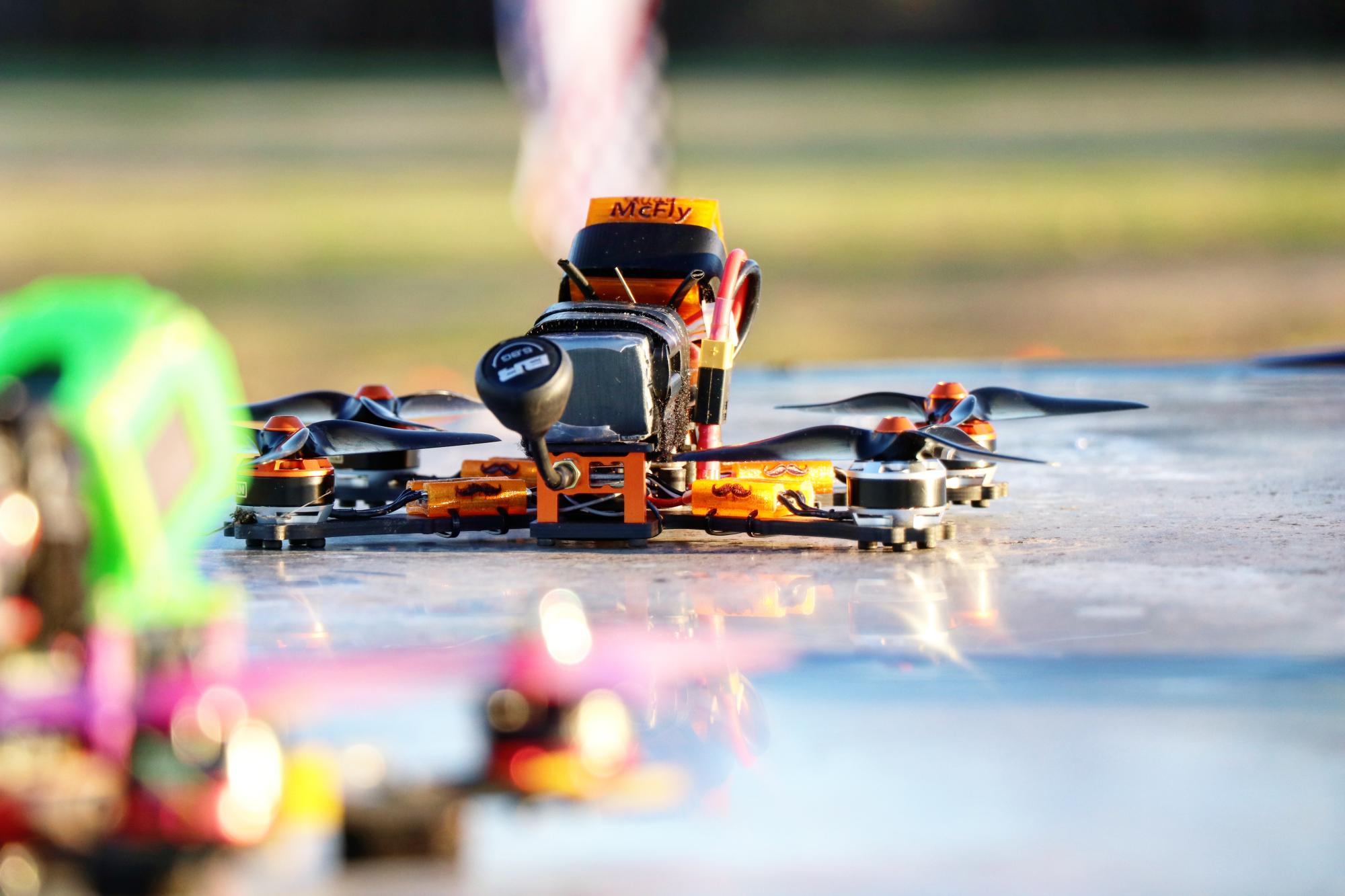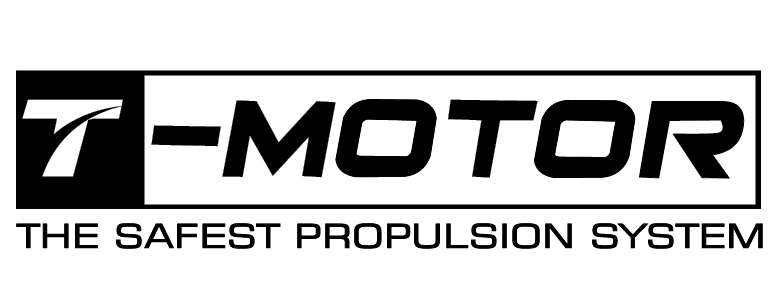- Home >
- Results >
- Motor Tests >
- High KV >
- Northaero Dragon (Typhoon) 2207.5 2650kv
A light-weight large stator offering in the high Kv range sent over by Northaero for testing.
Check out the full list of motors in this series here
Summary
Results
With the high Kv and extra mm of stator height, the question is always how it will translate that advantage into actual output, and boy did this motor deliver! The Kv tested within the margin of error for the stated Kv, which gives it about a 60Kv advantage over the Cobra Champion 2600kv, which was the previous high-water mark for 5" props in this class. This motor utterly destroyed the record, pulling ahead by 100g on the lighter props, and only loosing a bit of ground on the heavy props at about 40g more, hitting almost 1800g on the Lumenier Buttercutter. This advantage comes at a cost though, showing a significant rise in current to gain those grams, clearing 3A more current across the board at full throttle. Obviously maximum throttle is only one metric, and if you're not pushing that last bit, the difference will be minimized. At 800g of thrust the efficiency difference is non-existent, and at 1100g of thrust only falling off by 0.13g/w, so depending on your flying style flight times may be minimally different. The application here is primarily dual blade, or light weight tri-blades where the current draw remains fairly reasonable and you gain the insane response times and top end RPMs of the 7.5mm stator size. If you're looking for speed, the advantage will be further maximized by keeping to a light weight (under 500g AUW) build to maximize unloading, though depending on your prop choice and flying style that may matter less. Overall this is one insane motor.










































